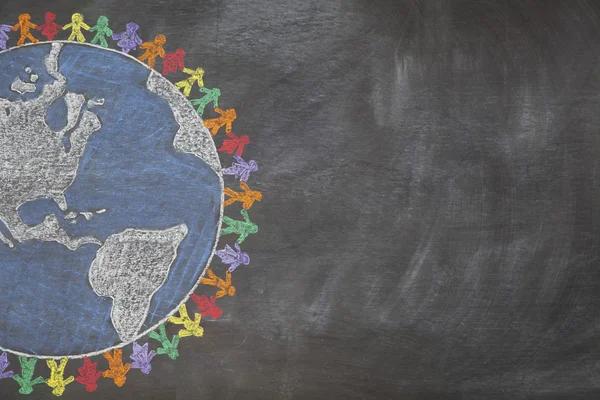Integrating Sustainability into School Curriculum

The integration of sustainability into the school curriculum is an essential step towards creating a more sustainable future. This approach involves teaching students about environmental, social, and economic sustainability issues to equip them with the necessary knowledge and skills to contribute positively towards sustainable development.
Incorporating sustainability into education allows children to understand the impact of their actions on the environment from an early age. They learn about energy conservation, waste management, biodiversity, climate change, and other related topics. This understanding can help them make informed decisions that promote sustainability in their daily lives.
Sustainability education also encourages critical thinking among students. They are taught not only facts but also how to analyze complex issues related to sustainability critically. For instance, they may be challenged to think about how different societies can balance economic growth with environmental preservation or how individual choices affect global resources.
Moreover, integrating sustainability into school curricula fosters a sense of responsibility in students towards their environment and community. It helps them realize that they have a significant role in shaping a sustainable future for themselves and future generations. As such, it motivates them to engage actively in initiatives aimed at promoting sustainable practices within their schools and wider communities.
Integrating sustainability into education does not necessarily require significant changes in existing curricula; instead, it involves infusing relevant concepts into various subjects across all grades. For example, science classes could include lessons on renewable energy sources or recycling processes while geography could explore human impacts on ecosystems or sustainable urban planning strategies.
Furthermore, beyond classroom instruction alone: field trips to local farms or recycling centers; hands-on projects like planting trees or starting a compost pile; participation in green clubs or eco-friendly campaigns – all these activities provide practical experiences for students which reinforce theoretical learning and demonstrate real-life applications of what they’ve learned about sustainability.
However successful implementation requires commitment from all stakeholders involved – teachers need training on how best to incorporate these themes into their lessons; parents should be engaged as partners in reinforcing these values at home; policymakers must ensure that schools have the necessary resources for such initiatives.
In conclusion, integrating sustainability into the school curriculum is a crucial step towards creating a more sustainable future. It equips students with knowledge and skills to tackle real-world sustainability challenges, fosters critical thinking, and instills a sense of responsibility towards their environment and community. Therefore, it should be an integral part of education systems worldwide.
